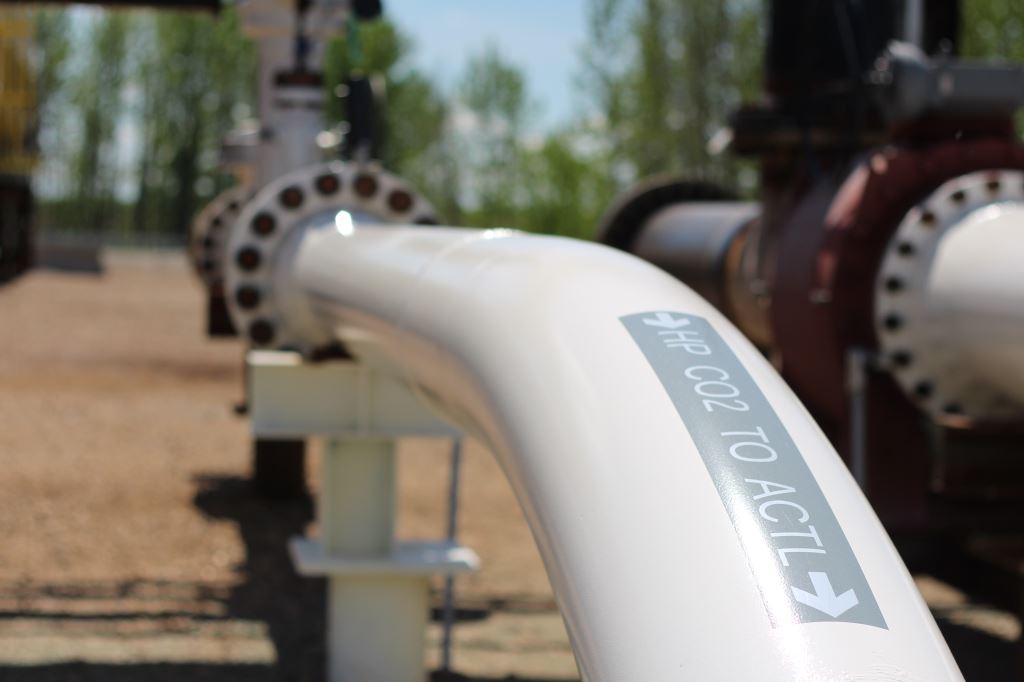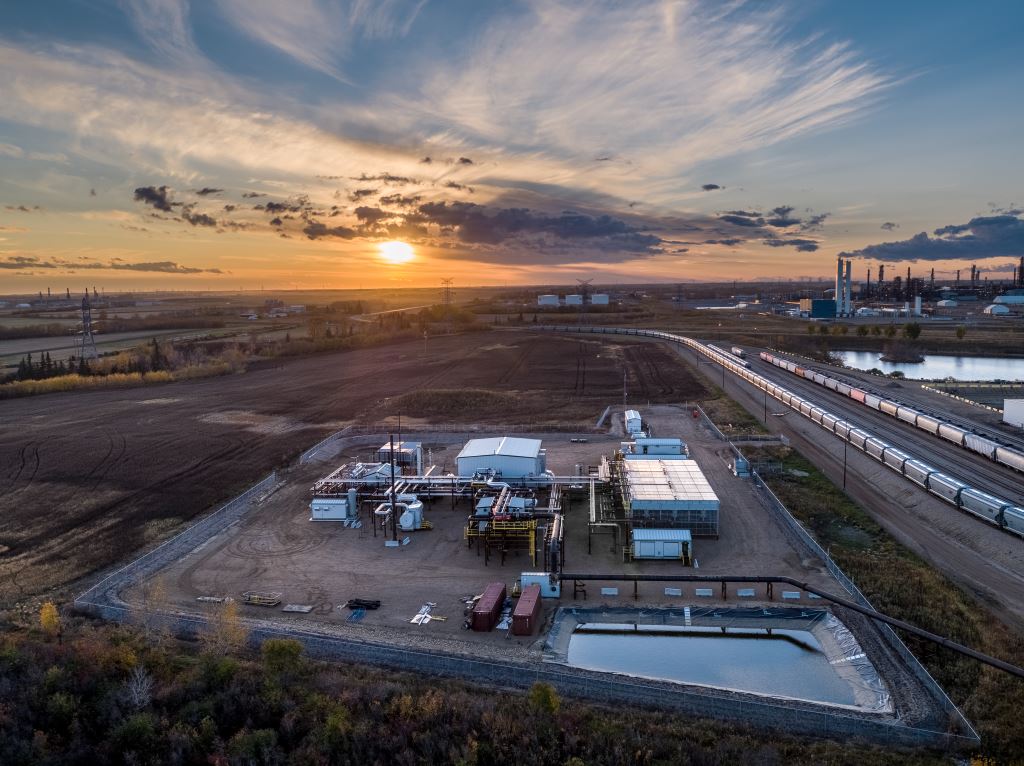We asked Jeff Pearson about what drives him and Wolf Carbon Solutions (owner and operator of the Alberta Carbon Trunk Line) in the carbon capture & storage (CCS) space and what they see as important and necessary right now. Here’s a hint – Jeff reflects on the need for large-scale CCS projects to drive down costs for users and optimize technology to be best positioned to meet climate goals.
1. In your opinion, why does large-scale Carbon Capture and Storage (CCS) matter?
As the world increases its focus on meeting climate goals and commitments under the Paris Agreement, we must reduce our emissions in a material way. CCS has been identified by experts, such as the International Energy Agency, as an important tool in a portfolio of solutions.
To make a significant impact on the world’s sizable emissions, we need large-scale CCS. Particularly in the early stages of CCS development, we need large-scale CCS projects to drive down costs for users and optimize technology. Ideally, over time, smaller scale solutions become more economically viable, but they will be facilitated through technologies, cost reductions and enabling infrastructure developed through the deployment and learning from larger solutions.
The key stages of CCS include the capture and conditioning, compression, transportation, and storage of the CO2. All of these elements are generally more economic at a larger scale.
2. What role does CCS have in championing of climate action for your organization?
Wolf Carbon Solutions (Wolf) is focused on developing industrial scale CO2 infrastructure to aid our clients in meeting their climate goals. We built, own and operate the Alberta Carbon Trunk Line (ACTL) compression and transportation infrastructure which is the largest capacity CO2 pipeline in the world focused on anthropogenic CO2. Our focus is to continue to work with emitters to develop new large-scale CO2 infrastructure in North America.
3. How can CCS contribute to optimizing your industry?
The energy industry, by nature of producing fossil fuels, is a large contributor to our global emissions, whilst providing dependable, scalable, and affordable energy to the world. It enables us to function and grow as a society. The fossil fuel energy system has been developed over the course of over a century and will be difficult, if not impossible, to replace in a short period of time with lower carbon energy from renewables. The key element required for society to meet its climate goals is a reduction in emissions and this can be accelerated by implementing CCS on the existing fossil fuel energy systems. CCS is a broadly applicable technology that can be used to significantly reduce emissions generated through oil production and refining, the production of fertilizer and the manufacturing of plastics, steel and cement. It can also be used on natural gas power plants to capture emissions and deliver low carbon power that can backstop the further growth of renewables and growing electrification.
4. What is your perspective of CCS and existing or needed incentives/policy drivers in your region/country/industry?
The ACTL was supported by the Government of Alberta and the Government of Canada and has been an example of what can be achieved through Government and private industry partnership.
Recently, The Government of Canada introduced an increased carbon tax price pathway and a Clean Fuel Standard. These programs will provide an economic rationale for the reduction of carbon emissions and should drive the implementation of more CCS along with other emission reduction initiatives on a level playing field. Wolf also remains supportive of incentive programs such as the 45Q program in the US to encourage further CCS development.

5. ACTL is a fantastic example of shared infrastructure. What is the value of CCS hubs? And will ACTL be able to expand to leverage its base infrastructure?
Creating CCS hubs and sharing infrastructure provides the opportunity for all emitters and end-users to benefit from network effects such as reduced reliance on single assets, multiple counterparties to deal with and economies of scale. Once enabling infrastructure with excess capacity such as the ACTL pipeline is constructed, emitters can feel comfortable developing capture projects knowing there is a place to deliver their CO2 with long-term takeaway capacity. End-users of CO2 will be able to develop utilization opportunities with the understanding the key infrastructure is in place with secure supply. By developing more uses for CO2, the value will be improved and more emitters will be able to further enhance the commercial case for capturing rather than emitting their CO2. In addition, with enough counterparties on the system trading markets may develop to facilitate risk management around the physical and financial supply of CO2 and related emissions credits.
Wolf remains focused on expanding the number of emitters and end-users on the system. This includes those near the existing pipeline and the evaluation of new pipelines which can connect to the ACTL. Total CO2 emissions in Alberta were over 270 MT in 2018 with much of it clustered in the Industrial Heartland and power plants near Edmonton and the Oilsands corridor in the Northeast part of the province. Wolf is initially targeting these areas for growth with a focus on participating in all parts of the CO2 infrastructure value chain including capture and sequestration.
6. Anything else that you would like to add?
It is important that we continue to push for CCS adoption to improve the economics, foster the development of new technology and find alternative uses for CO2 emissions. Efforts should focus on reducing the cost of capture which is the largest capital component in most CCS systems. By further developing and reducing the cost of CCS solutions and putting in place the enabling infrastructure, the world will be well positioned to meet our climate goals in the scenario where a transition off of fossil fuels is slower and more challenging than many desire.


 News
News